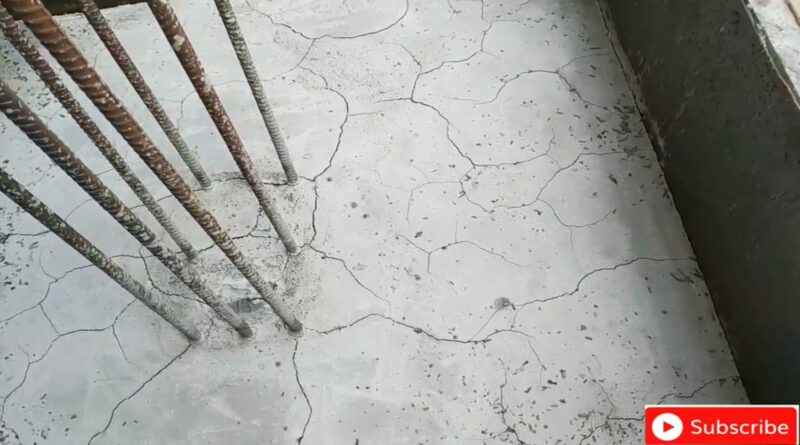What Happens if Concrete is Not Cured Properly?
Curing of concrete plays a major role in developing the micro-structure and pore structure of concrete. Curing of concrete means maintaining moisture inside the body of concrete during the early ages and beyond in order to develop the desired properties in terms of strength & durability.
A good curing practice involves keeping the concrete damp until the concrete is strong enough to do its job. However, good curing practices are not always religiously followed in most of the cases, leading to a weak concrete.
When concrete is not cured properly, its durability, strength and abrasive resistance are affected . The poor curing has resulted in a permanently defective micro structure.
Right Time to Cure Concrete
- After concrete has been placed in its final position and during the initial set, bleed water rises to the concrete surface as plastic settlement occurs. During this period, if the rate of evaporation of bleed water is greater than the rising water, plastic shrinkage of the concrete occurs. Initial mist curing is necessary to keep the surface moist to prevent the surface from drying out.
- Between initial set and final set, intermediate curing would be needed if the finishing is complete prior to final set. This may be in the form of a barrier which prevents the loss of moisture from the concrete surface. e.g. covering the concrete surfaces with plastic sheets, waterproof paper, etc.
- After final set, meticulous curing will have to be done as per the procedures selected. e.g. water curing methods-Ponding, Misting, wet coverings with hessian cloth, Impermeable membrane curing, Curing compounds, etc.
Exposed surfaces of concrete shall be kept continuously damp or in a wet condition by ponding or by covering with sacks, canvas, hessian or other similar material and kept continuously wet for atleast 7 days from the date of placing, in case of Ordinary Portland Cement (OPC) and atleast 10 days when mineral admixtures or blended cements are used. In case of concrete where mineral admixtures or blended cements are used, it is recommended that the above minimum periods may be extended to 14 days, for assisting the secondary reaction.

